
This new study among a patient population living with type 1 diabetes compared their outcomes according to their type of insulin pump therapy: sensor-augmented pump, predictive low-glucose suspend, and hybrid closed-loop (HCL).
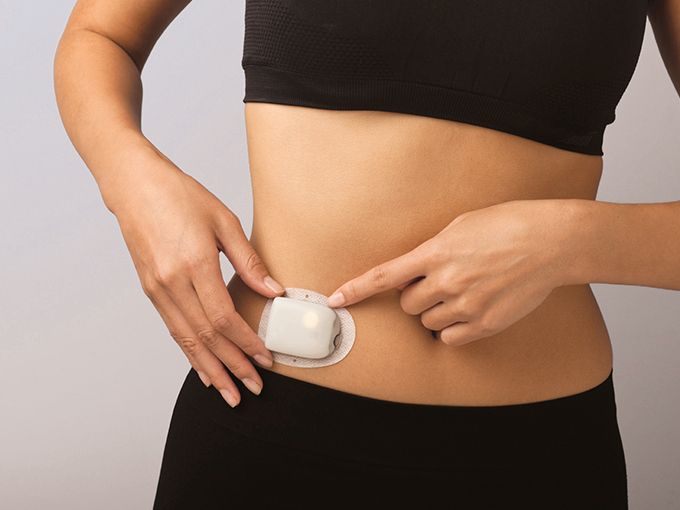

This new study among a patient population living with type 1 diabetes compared their outcomes according to their type of insulin pump therapy: sensor-augmented pump, predictive low-glucose suspend, and hybrid closed-loop (HCL).

A new study incorporated use of readings from continuous glucose monitors (CGMs) to establish reference sensor glucose ranges among healthy nondiabetic children aged 1 to 6 years.

Using socioeconomic status (SES) as their primary exposure, investigators from McGill University, University of Manitoba, Institut National de Santé Publique du Québec, and Laval University investigated reasons behind insulin pump uptake disparities in the Canadian provinces of Manitoba and Québec.
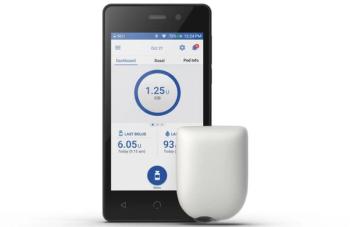
Patients with type 2 diabetes who used the Omnipod 5 had lower A1C after 8 weeks. Those who had been using multiple daily injections achieved the greatest benefits in reduced hypoglycemia and reduced insulin use.
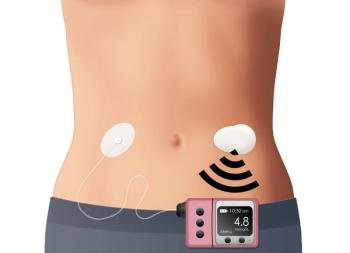
Investigators from Malaysia utilized data from real-time continuous glucose monitoring (CGM) among study participants who were considered overweight or obese to evaluate their risk of type 2 diabetes (T2D) associated with a rice-based meal and its impact on postprandial hyperglycemia.
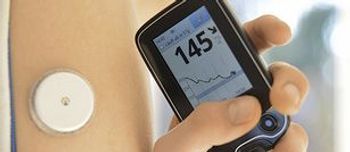
This systematic review and meta-analysis used a literature search to gather data from long-term randomized controlled trials on the effectiveness of closed-loop insulin systems (CLS) among nonpregnant patients with type 1 diabetes (T1D).

This new study investigated and compared the incidence of disordered eating behavior (DEB) among 2 cohorts of patients with type 1 diabetes (T1D) treated with continuous-subcutaneous insulin infusion (CSII) or a basal-bolus regimen.

Investigators fashioned a zone-model predictive controller to evaluate adjustment of closed-loop glycemic control during pregnancy, as both glycemic control and insulin adjustment continually change throughout gestation.

This new literature review explored the potential to enhance management for type 1 diabetes (T1D) through the adoption of physiological parameters measured by wearable and sensor-enabled health-related technology.

Improvements in time spent in target range and glycated hemoglobin A1c were investigated among 34 children with type 1 diabetes (T1D) with a history of daily insulin use and no prior use of diabetes technology.

This new study evaluated the impact of a virtual endocrinology care program on time in range and outcomes among individuals with poorly controlled diabetes who are novice users of continuous glucose monitoring.

Why persons with type 1 diabetes and continuous insulin infusion fail to achieve optimal glycemic control was the subject of a recent focus group analysis conducted among 37 adult men and women.
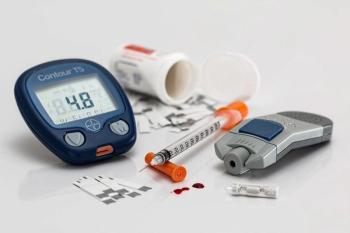
Because type 1 diabetes can be very difficult to effectively manage in children and adolescents, these study investigators compared outcomes between a hybrid closed-loop algorithm add-on and usual care.

This subanalysis of participant data from the OPEN project investigated relationships between glycemic levels and insulin requirements among women with type 1 diabetes and phases of their menstrual cycle.

Data from continuous glucose monitors were used to measure glycemic variability among patients with type 2 diabetes (T2D) and community-acquired pneumonia (CAP) hospitalized in Denmark between February and June 2021.

This new study from Germany evaluated the use of and satisfaction with continuous glucose monitors (CGMs) since health insurance companies in the country began reimbursement of the technology in 2016 for persons with insulin-dependent diabetes.

This new investigation compared outcomes among pediatric patients with type 1 diabetes (T1D) before and after COVID-19 restrictions were imposed in Dallas County on March 15, 2020.

This new investigation evaluated outcomes among 6 youths with type 1 diabetes, who had public insurance coverage and received continuous glucose monitoring assistance through the CGM Time in Range Program.

This new investigation from the United Kingdom evaluated health care professionals’ (HCP) perceptions and implementation of practices that focus on open-source automated insulin delivery (OS-AID).

This new study of pediatric patients with type 1 diabetes from France and Belgium investigated the effectiveness of insulin delivery via closed-loop and open-loop systems.

The insulin delivery system was linked with a reduction in hypoglycemia among adults and a decrease in hyperglycemia in both adults and children.

Findings about the willingness of primary care providers to prescribe artificial pancreas systems have positive implications for increasing access to and reducing disparities around this technology by alleviating the need to see a specialist.

The findings, said the researchers, are an important step toward achieving glucose control with a fully automated closed-loop system for patients with type 1 diabetes.

Authors from the University of Colorado say factors from skin irritations, to cost, to lack of insurance coverage, to physician barriers have limited uptake of automated insulin delivery systems.

Clinicians should be willing to work with patients eager to try “do-it-yourself” insulin systems, but should also warn them of the risks, the guidelines state.

259 Prospect Plains Rd, Bldg H
Cranbury, NJ 08512
© 2025 MJH Life Sciences®
All rights reserved.
